JBODs are simple, but not simplistic. Added features can supercharge the usual JBOD use cases. By incorporating self-healing drives into its Exos CORVAULT system, Seagate is trying to pioneer the future of JBOD.
JBOD is a versatile virtual architecture. While it offers less built-in redundancy than RAID, a JBOD setup is a simple and flexible way to manage groups of drives. With few limitations on the types of devices that can be added, JBODs are handy for storing surveillance footage, farming cryptocurrency, or as a waystation before data makes its way to cold storage or a mission critical application.
However, nothing is so good that it can’t be made better. Hard drive innovator Seagate Technology is trying to pioneer the future of JBOD with its Exos CORVAULT. This smart JBOD chassis is “self-healing,” able to perform maintenance in the face of malfunctioning platter surfaces or spindles. As heat-assisted recording technology (HAMR) becomes more widespread, Seagate also has plans for how its new high-cap drives will dovetail with its CORVAULT system.
CORVAULT intrigues because of the way it might extend and strengthen the use cases of JBOD architecture. Self-healing hardware has the potential to reduce maintenance spend and lengthen drive life. Accordingly, we’ll take a look at the details, and end with some thoughts on what CORVAULT and like technologies may mean for the future of JBOD.
What Is JBOD?
“J.B.O.D.” stands for “just a bunch of drives”. This is potentially misleading, however. JBOD isn’t the name of drives per se, but the simple architecture in which they are arranged.
Unlike higher-level RAID architectures, ordinary JBODs have no redundancy built in. JBODs also have reduced throughput, as they don’t write to drives via the “striping” technique that RAID architectures use.
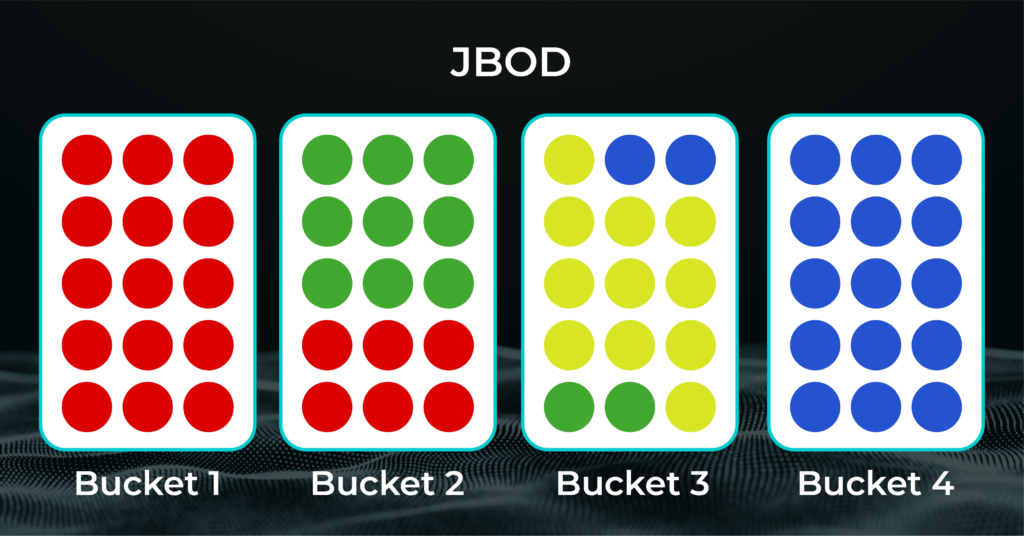

What JBOD lacks in bells and whistles it makes up for in simplicity. Due to lack of redundancy, JBOD lets you use more disk space for storage. It is also more flexible than high-level RAID, which can be quite finicky.
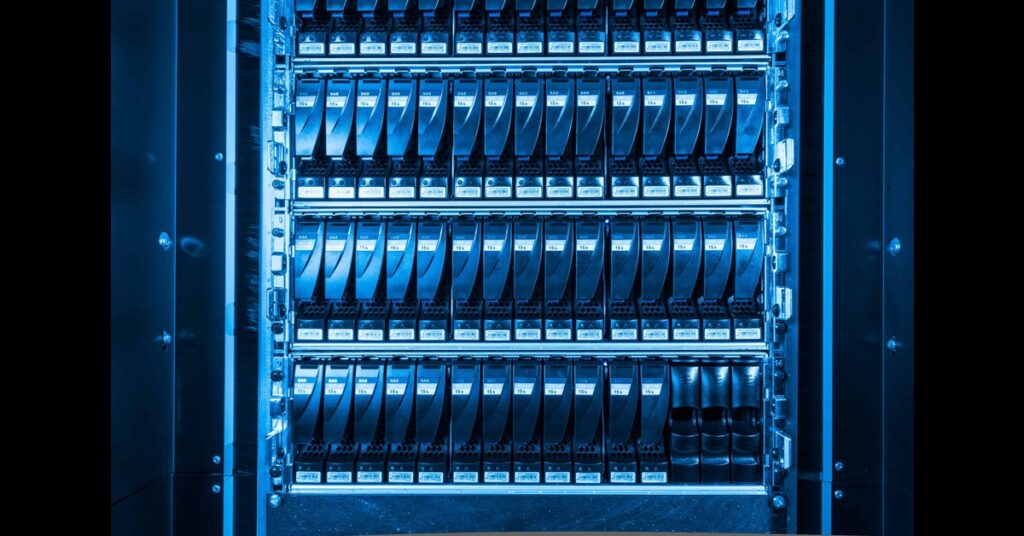
Related Reading
For a more in-depth comparison between JBOD and RAID, check out our overview.
Of course, if you purchase a JBOD, you’re not purchasing an abstract configuration. “JBOD” is often used a bit more loosely to encompass the actual hardware, be it the drives themselves or the chassis in which these drives are arranged.
Also, while JBOD itself is a simple configuration, product offerings can and do contain variations on that basic theme. For example, Seagate’s Exos E 2U24 JBOD system includes fault diagnosis, error logging, monitoring, ways to manage cables, etc.
Long story short: While JBOD is, at its heart, a type of drive configuration, you’re buying more than that when you shop for a JBOD. You’re buying hardware, and as with any purchase you should do a bit of research to know what you’re getting and what sorts of functionality it offers.
Exos CORVAULT
Exos CORVAULT, initially released in 2021, is a smart JBOD chassis. The chassis itself is built with durability in mind, protecting against vibration, acoustic interference, and power irregularities. It is also ultra-dense, storing 106 drives in seven inches of rack space.
As the name implies, Exos CORVAULT also comes with Exos drives, Seagate’s high performance line of high capacity drives. Designed with 20TB drives in mind, Corvault boasts a raw capacity of 1.908PB. CORVAULT has a 14GB/s read, 12GB/s sequential write, and 17,680 IOPS. The device makes use of Seagate’s VelosCT ASIC controllers. It also lets you easily monitor the drive for signs of trouble.

Related Reading
When it comes to monitoring the health of your hard drives, SMART (self-monitoring, analysis, and reporting technology) is a good place to start.
Self-Healing Drives
One of the most interesting features of CORVAULT isn’t JBOD specific, but concerns an in-built feature of Seagate’s high-cap drives: the ability to self-heal. Automatic Drive Regeneration (ADR) is precisely what it sounds like, allowing a drive to fix itself without human intervention.
The technology, only found in Seagate’s 18+TB drives, is designed to handle the failure of platter surfaces and read/write heads. When one fails, the drive is automatically taken offline. It is then returned with the platter or head in question rendered inactive. While this obviously results in reduced capacity after the fix, it returns the drive to service with no maintenance staff required.
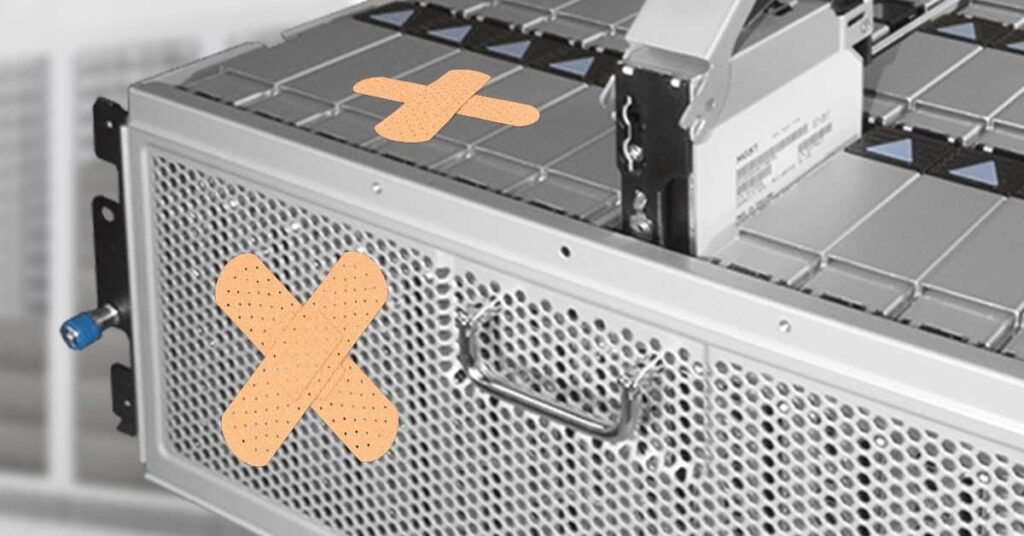
What about data loss? While no one likes losing data, JBODs are often used in cases, such as routine surveillance footage storage, where the loss of a small portion of overall data is unlikely to prove catastrophic.
However, as previously mentioned, specific JBODs can and do build in added features. There are more ways to preserve data than RAID-style mirroring and parity. Seagate beefs up its CORVAULT drives with ADAPT, or “Autonomic Distributed Allocation Protection Technology”. This is a type of erasure coding that works in tandem with ADR to reconstruct data from failed platter surfaces.

Related Reading
Erasure coding is just one way to deal with hard drive failure.
Ramping Up Capacity And Ambition
The simplicity of JBODs allows for more than flexibility: it’s a sturdy basis upon which to add features. Think of a JBOD as a (relative) blank slate, at least compared to RAID architectures. With an initially simple set-up, one can progressively add new functionality, such as ADR or erasure encoding. Systems like CORVAULT aren’t just a bunch of drives: they’re also a bunch of technologies.
If you think of a JBOD as a simple but extendible bunch of technologies, that raises a question: what next?
CORVAULT lets you pack in the terabytes, so one obvious next step is to further ramp up capacity. Seagate has the means: the firm is at long last rolling out its HAMR drives, beginning with a 30+TB drive. The firm plans to rapidly increase capacity, with 40+TB HDD in 2024, and 50+TB drives in 2025-6, all using Seagate’s Mach-2 HAMR tech.

Seagate plans to incorporate their 30+TB HAMR drives into CORVAULT in the second half of this year. In fact, CORVAULT marks the first commercial use of HAMR drives, after years of shipped samples. By dovetailing with the release schedule of HAMR, CORVAULT will increase its capacity by an estimated half a petabyte per year.
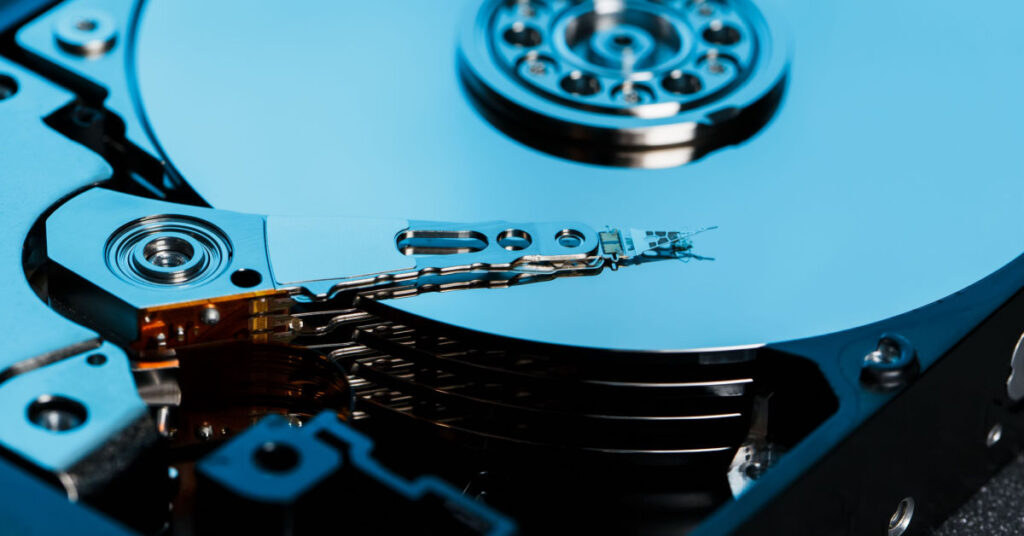
Related Reading
HAMR is the lynchpin to Seagate’s capacity roadmap, but they’re not the only ones trying to write the future of HDD.
The newer version of CORVAULT will also enhance ADR functionality in a crucial way. The new ADR will allow HDDs to stay online while they’re being regenerated. This is a big difference, as it helps cut down on rebuild times. If a a drive is taken offline as soon as a surface fails, ADAPT doesn’t know what data has been lost. This means it must either wait until the drive is back online, or reconstruct the whole drive. If the drive stays online, ADAPT can simply see which surface has been lost, and reconstruct only that data, resulting in much quicker rebuild times.
An Expanding Universe of Storage
As with hardware, different architectures have their own natural strengths and uses. JBODs are a no-frills solution appropriate for temporarily storing data in bulk. What it lacks in redundancy it makes up for in simplicity and flexibility.
Think of a JBOD as a warehouse: it’s useful when you need a lot of storage space, and availability is a concern. Maybe you’re keeping data handy for a mission-critical use, or need a place to park it before it gets fed into cold storage. Maybe you’re trying to store surveillance footage, or some similarly bulky data.
Either way, the ability to boost capacity goes a long way. Since JBODs let you hot-swap drives, systems such as CORVAULT let you steadily ramp up capacity, replacing older drives with higher capacity ones as new models are issued. This lets you super-charge what’s best about JBODs: you can pack in the terabytes, and, as technology develops, even petabytes.
The huge capacity of CORVAULT means that it can be used by rapidly expanding businesses. Whether it’s private cloud, content development, or data backup, it helps you ramp up capacity fast as needed. It’ll also help businesses keep abreast of the advent of HAMR, as they can plug and play new drives.
Farming and E-Waste
While your standard JBOD is a relatively no-frills affair, added functionality can heighten its usefulness in some instances.
Take Chia farming, for instance. Chia is a green cryptocurrency in which one “plots” data in hard drives, which are then “farmed” when the plotted data matches a call broadcast on the Chia network. Crucially, plotted Chia drives need to remain online if they’re to be properly farmed.
This is where the enhanced ADR functionality comes in: since the new addition of ADR keeps drives online while they self-heal, this means that the rest of the surfaces are accessible to the Chia network while the drive is self-healing. While CORVAULT may be financially out of reach of smaller farming operations, this sort of setup may have a role in the future as HAMR drives become cheaper.
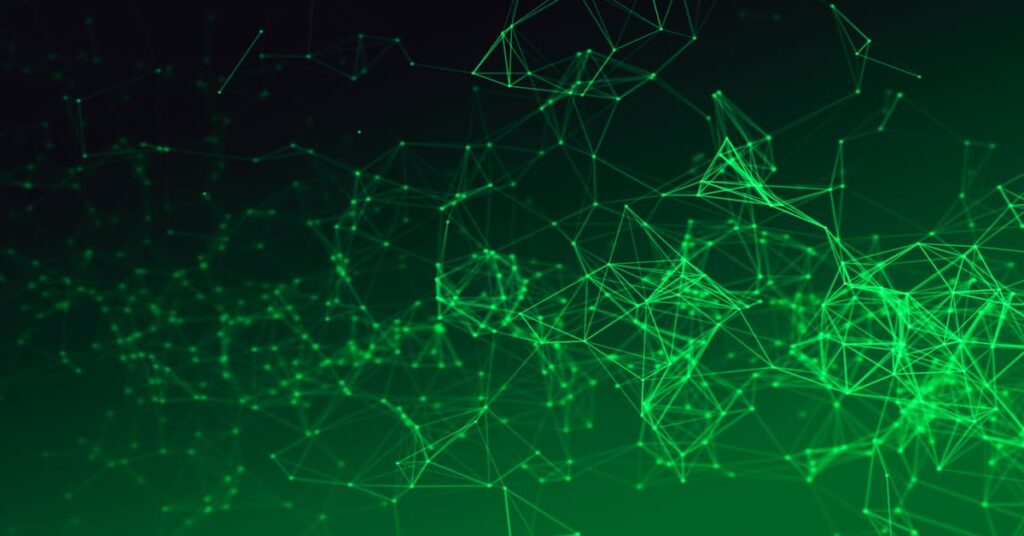
Related Reading
Green blockchain technologies such as Chia are trying to transform the crypto industry by emphasizing circularity and e-waste reduction.
There’s another perk that cuts across use cases: drive longevity. When a drive in the CORVAULT chassis loses a platter surface or read head, it isn’t dead. ADR keeps the drive alive, which translates to fewer discarded drives overall.
That’s obviously desirable from a cost perspective, but is also a boon to those concerned with greening their data operations. Given the scale of the global e-waste problem, finding clever ways to lengthen drive lifecycles is an important component of a sustainable approach to hardware.
Vaulting Forward
Drive configurations should be as simple as possible, but not simplistic. While no-frills JBODs are a flexible and user-friendly option for certain use cases, sometimes a frill or two is worth it. Self-healing drive technologies such as ADR may help JBODs become even more useful in the long-run by reducing spend and extending drive life.
Whatever the future of JBODs, the architecture is well positioned to keep doing what it does best: making effective use of space while storing data in bulk. As HAMR hits the channel, the future of JBOD looks bright.
Automating maintenance doesn’t avoid the need to have a plan for your hardware. Find out how Horizon can help you manage your hardware lifecycles to reduce TCO and green your business.











